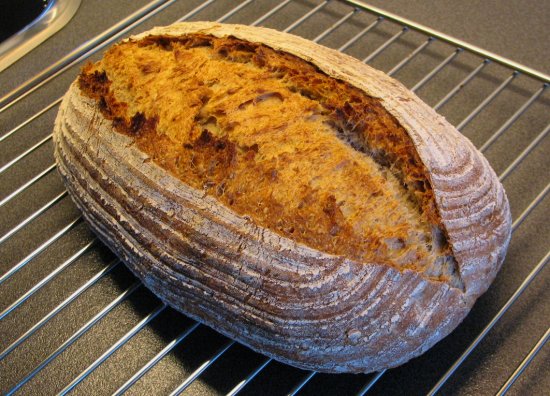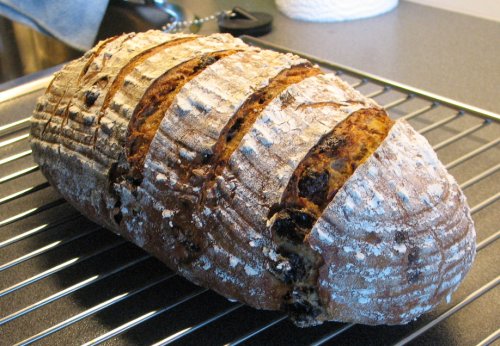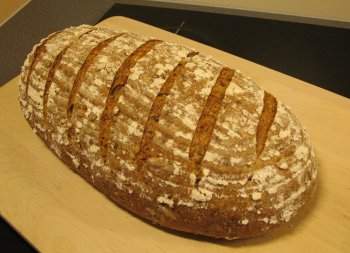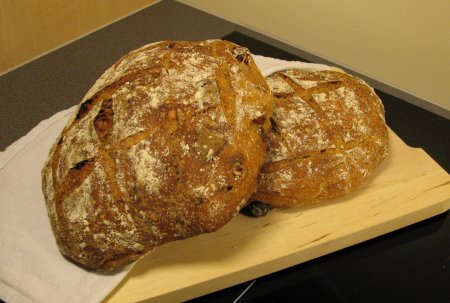Hunky Dory
This is Major Tom to Ground Control!
My local grocery store have just started to stock buckwheat flour, a flour I'm completely new to. To try to figure out what it's all about, I pulled Whitley's "Bread Matters" from my shelf - a great book by a passionate baker with a separate chapter on gluten-free baking. On buckwheat, Whitley says:



